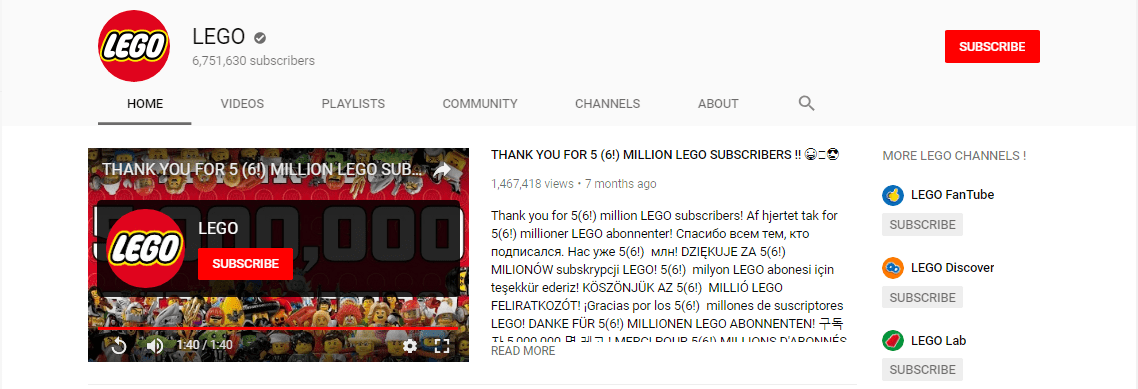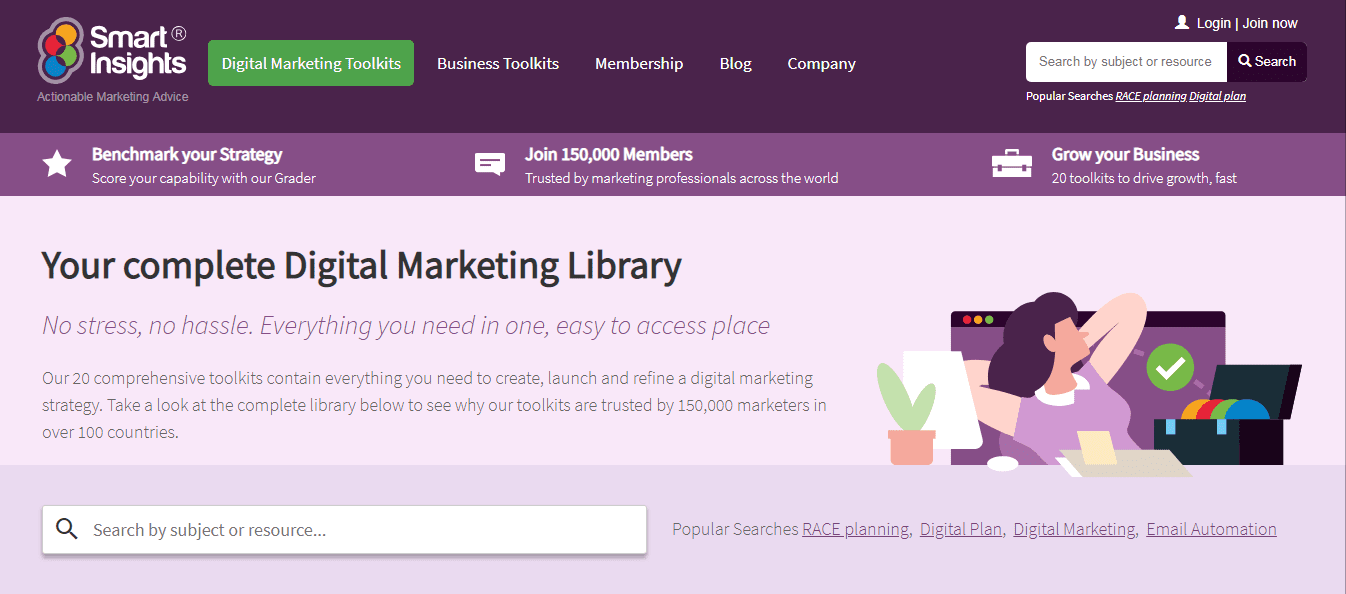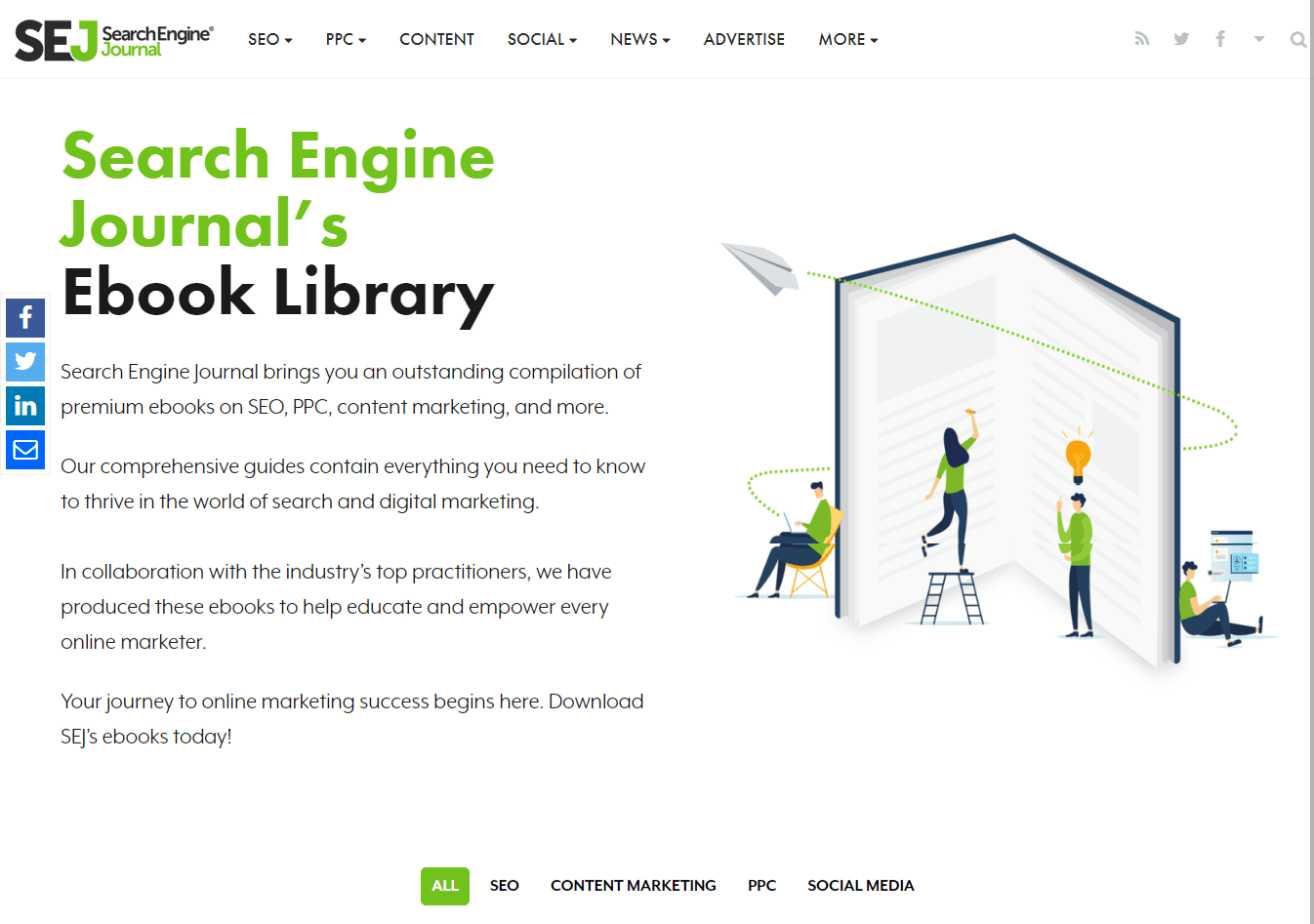All successful content strategies result from the right content assets that drive engagement, enhance reputation, and increase the visibility of a business
The purpose of content marketing is to use content as leverage to attract visitors to your site or digital assets, engage them, turn them into paying customers and retain them. Seems like a tall ask, doesn’t it?
And it is.
Even the best laid out content marketing strategy fails to find traction. So the question is – as businesses increasingly offer omnichannel experiences to their target audience, how do you ensure your content marketing strategy can be woven seamlessly into this business model and remain effective?
The answer – don’t forget content assets that are central to every content marketing strategy these days. Without wasting time, let’s cut to the chase and take a look at seven such assets.
1. Long-form content
Long-form content is content that has meat to it. It is one of the better ways of attracting return traffic, being found on brand searches and improving user engagement metrics. It’s the kind of content that offers answers to the questions your target audiences are asking, and these answers are granular, they dig deep. It is also the kind of content that your target audience will enjoy reading and is worth their time because they are getting great value out of it, in the form of actionable information.
WordStream is a master at publishing long-form content. But, so are other brands:

The Red Bulletin, from Red Bull, is using storytelling to tell long-form inspirational stories about people from across the world.

Netflix is doing it too. While the above article was a detailed post on the women’s prison system, it was a content marketing tactic to promote its show – Orange is the New Black.
The next time you are going through your favorite online magazines, news publishing sites or blogs, check whether the long-form content you are reading is sponsored by a particular brand. There is a very good chance that it is because long-form content performs better.
There are companies out there who are betting big on long-form content for driving business growth. If your content marketing strategy isn’t using this particular content asset, it will lose out. Make sure that doesn’t happen.
2. Whitepapers
Whitepapers are a great idea, irrespective of whether you are a products or services company. This asset is an effective way of showcasing your knowledge of your niche.
For example, if you’re a digital marketing company, a whitepaper on ‘The Top 10 Digital Marketing Trends of 2019 and How Your Business can Implement Them’ or ‘Digital Marketing for B2B Businesses’ are just some of the many topics you can write a whitepaper on.
If you are a products company, identify the challenges/questions/needs/demands your target consumers have in your domain, and create a whitepaper that provides an ideal answer to these. The key here is not to be focused on sales and create content that acts as a solutions provider.
One of the biggest benefits of a whitepaper is that it can be used as a gated asset, which will help you build an email list. You can also create a campaign around your whitepaper to attract traffic to your site. Its potential can be leveraged in many different ways to generate leads, boost reputation (especially on social media) and enhance domain authority.
3. Videos
Irrespective of whether you are B2B or B2C business, you must use video marketing in your content marketing strategy. According to a recent Cisco study, there will be a four-fold increase in internet video traffic from 2017 to 2022. The same study says that by 2021, 82% of global consumer internet traffic will be from videos. Also, according to a HubSpot survey, consumers like to see more videos from the brands they support.
These are just some of the many amazing statistics that underline the importance of videos in today’s content marketing. The different types of videos you can create include:
- Explainer videos
- Product demos
- Product reviews
- Video ads
- Interviews
- Video testimonials
- Live streaming
And more.
Brands are making the most of videos as a part of their content marketing plan.

Lego has an amazing six million YouTube subscribers and the brand makes some amazing videos. It is important to remember, that YouTube is the second largest search engine in the world, which means your videos can result in an extraordinary amount of brand engagement.

Moz has made Whiteboard Friday videos since 2007 and this is one of the most popular topical ‘explainer video’ series out there on the web.
Many brands fall into the ‘one-off video’ trap, wherein they invest in a great video, which experiences a truckload of engagement but they don’t follow it up with another one. The key here is you don’t need one or two videos but a clearly defined video marketing strategy that lays out very clearly why you need videos, what are the kind of videos you need, the amount of investment you can make, how you will promote these videos, and the kind of metrics you will track.
4. Resource pages
Most brands especially the ones providing services have a resources page.


These could have different names, but they share a common purpose – act as a repository for a range of content assets such as guides, eBooks, case studies, whitepapers and more. The whole idea behind building a resources page is to use it for link building.
When you look up the various resource pages of different business websites, you will come to a very evident conclusion – resource pages take time to populate. Yes, they do, but they deliver solid SEO value over the long-term. A resource page helps you earn links naturally as content marketers love linking to quality content that offers actionable guidance.
5. Website
Your website is as important for your business success as the products/services you are offering. It’s the online representation of your business and a critical digital asset that has the power to dramatically increase brand visibility. In order for this to happen, you must get all aspects of your website right, including its blog.
It’s important to adopt a one-track approach to your website blog wherein, your posts revolve around your business domain and have an indirect link to your products/services offerings. The website blog of Somn, that provides science-backed sleep assessment, is packed with posts about sleep. It doesn’t move away from its core objective.
This is the kind of tactic that can bring more visitors to your site (courtesy of the use of the right keywords and SEO), boost conversion rates, and help build your authority in a niche (considering you are focusing on just a specific subject).
Even if you are just starting out, it is important that you have a website and, more importantly, a blog on the site. With platforms like WordPress, it is easier than ever to get your website and its blog up and running affordably and easily. So, why miss out?
6. Guest blogs
Publishing a post on high-traffic third-party sites still remains an important content marketing strategy. Yes, it’s getting very difficult to get a post published on the really high-authority sites out there, but the effort needs to be made.
A top-quality post has the capacity to attract highly-targeted traffic to your site; it can also boost social media shares, increase social media followers, improve your link juice and build online authority. The benefits are just too many for this content asset to be relegated to the background.
Creating and implementing an outreach strategy is the first important step in your guest blogging plan. If you get this part right, all other pieces will fall into place.
7. Active presence on forums

For many, there is no more popular forum than Quora. However, dig a little deeper and you will find a wealth of forums out there belonging to every niche under the sun. Having an active business presence on these forums is a value-added content marketing activity.
You can join discussions, make meaningful interventions, offer solutions and come across as an authority in your niche. It’s also another way of generating backlinks for your website. Your presence on a forum that is popularly accessed by your target audience, can also act as a listening post. You get a better idea about their needs, preferences and dislikes. This knowledge can be put to good use in your larger content marketing strategy.
Conclusion
Are these content assets enough? The answer is that it really depends on your business niche, but these assets will definitely start the ball rolling and keep it in play. As you go along, you might need to add a few more assets to the mix, as your business footprint grows and you will be able to target audiences with different content preferences.
